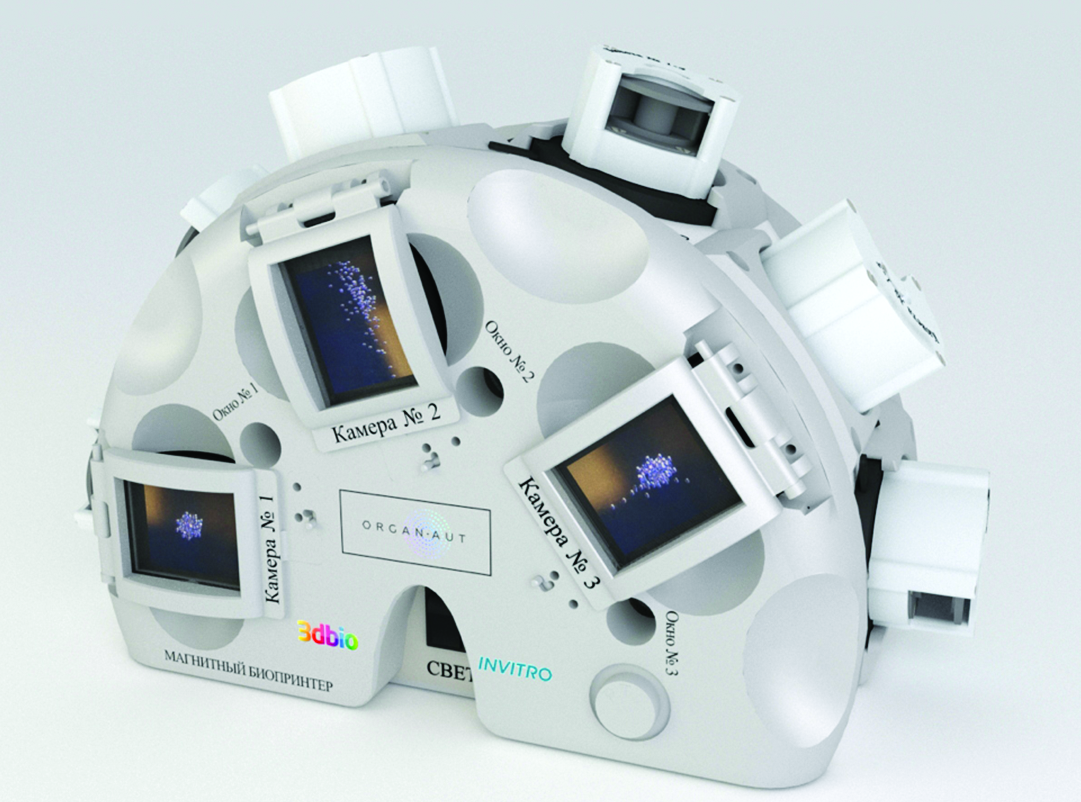Station Science Top News: May 19, 2022
Researchers manipulated intestinal bacterial cells (E. coli) using magnetic levitation in microgravity and on Earth. The scientists found that the bacteria congregated in areas of lowest magnetic force and increased production of proteins and enzymes helpful for survival. These results suggest that magnetic force could be used to simulate the effects of microgravity on bacteria in ground experiments.
Better simulation of microgravity on Earth can help researchers optimize their experiments before launching them into orbit. The manipulation of bacterial environments, both in space and on Earth, also holds promise for production of certain bioproducts with therapeutic effects. This study was a part of the Roscosmos Magnetic 3D Bioprinter investigation.

A 3D model of magnetic bioprinter. Credits: Private Institution Laboratory for Biotechnological Research “3D Bioprinting Solutions,” Moscow, Russia
***
Using NASA’s Cold Atom Lab, the first quantum physics facility aboard the International Space Station, researchers took samples of atoms cooled to within a millionth of a degree above absolute zero and shaped them into extremely thin, hollow spheres. This milestone helps advance fundamental quantum research.
The cold gas started out in a small, round blob, like an egg yolk, and was sculpted into something more like a thin eggshell. On Earth, the atoms pool downward, forming something closer in shape to a contact lens than a bubble. The milestone — described in a new paper published in Nature — is only possible in the microgravity environment aboard the space station. The ultracold bubbles could eventually be used in new kinds of experiments with an even more exotic material: a fifth state of matter (distinct from gases, liquids, solids, and plasmas) called a Bose-Einstein condensate, or BEC. In a BEC, scientists can observe the quantum properties of atoms at a scale visible to the naked eye.
Read more here.

Inside NASA’s Cold Atom Lab, scientists form bubbles from ultracold gas (shown in pink in this illustration). Lasers, also depicted, are used to cool the atoms, while an atom chip, illustrated in gray, generates magnetic fields to manipulate their shape in combination with radio waves. Credits: NASA/JPL-Caltech







